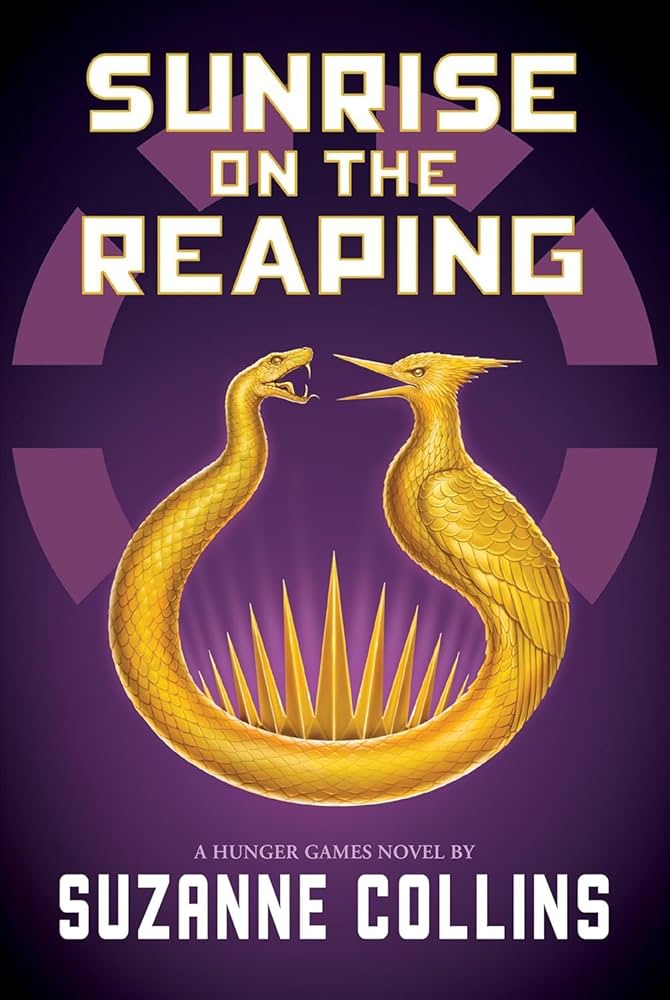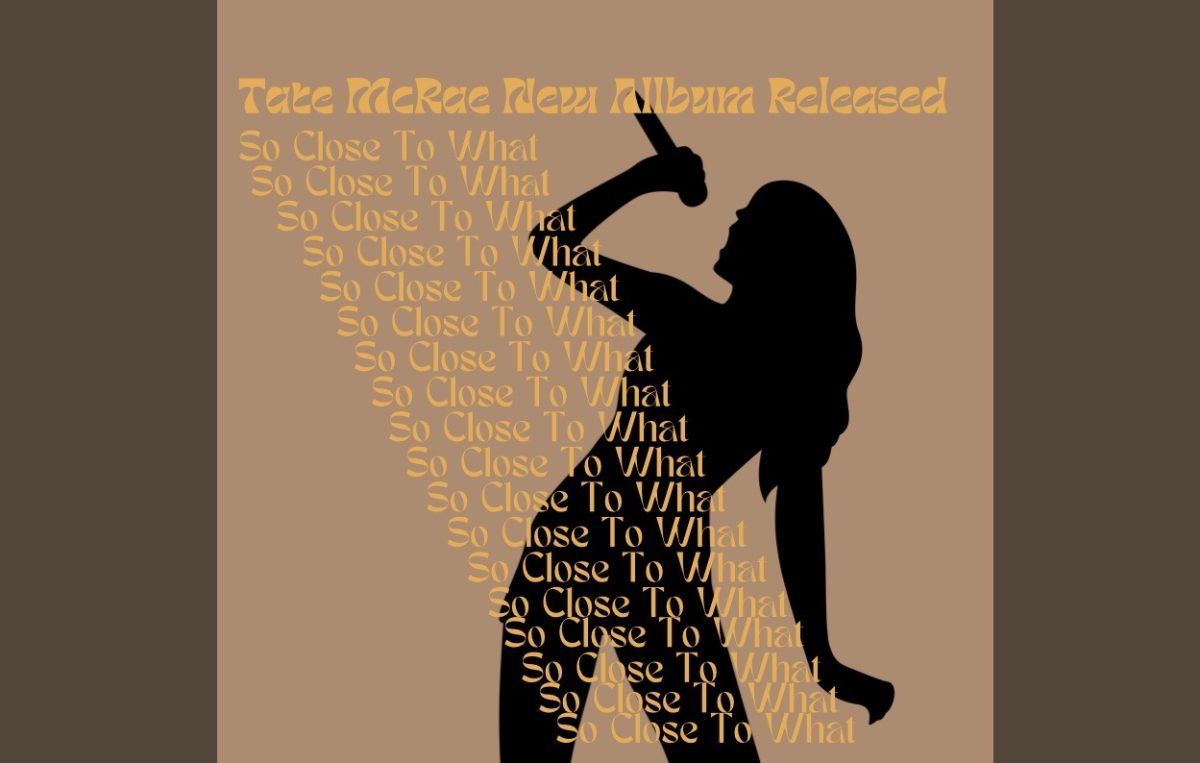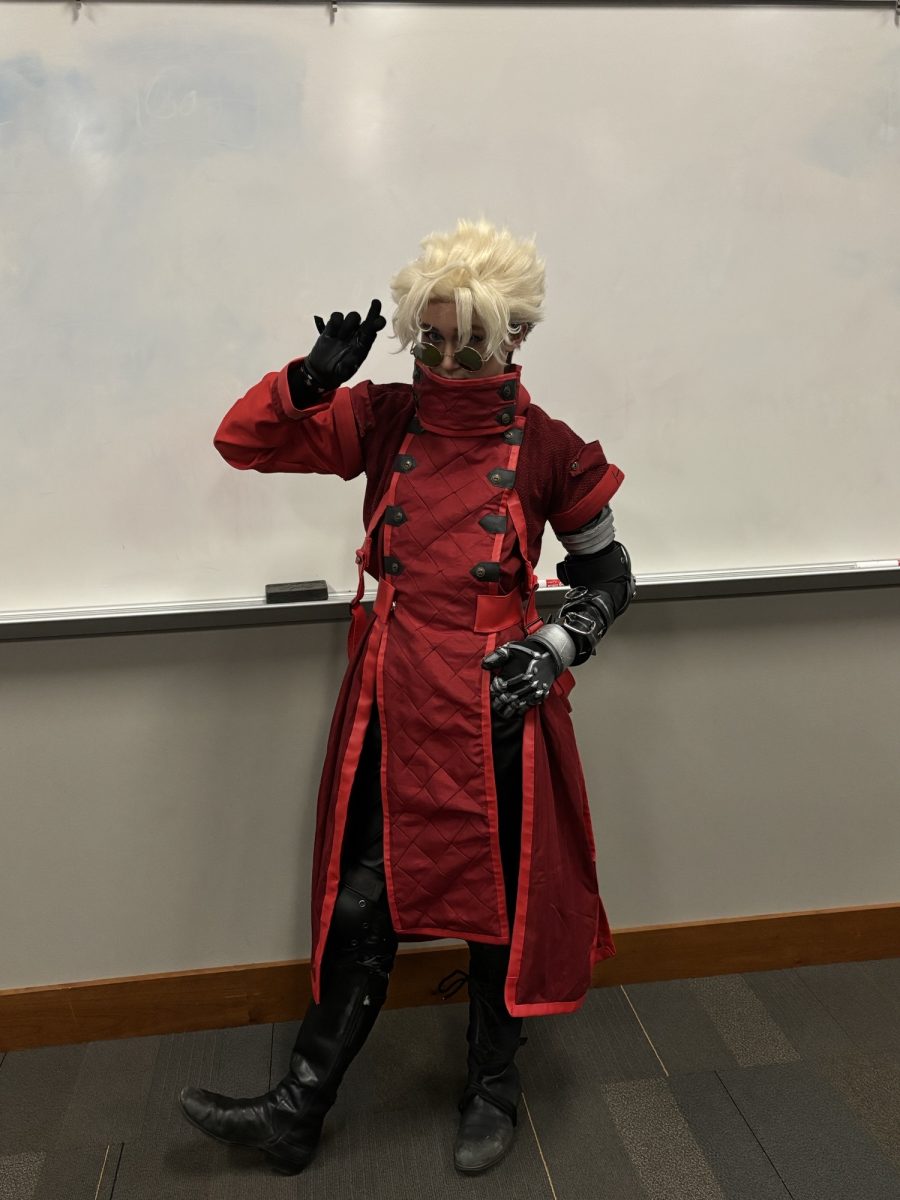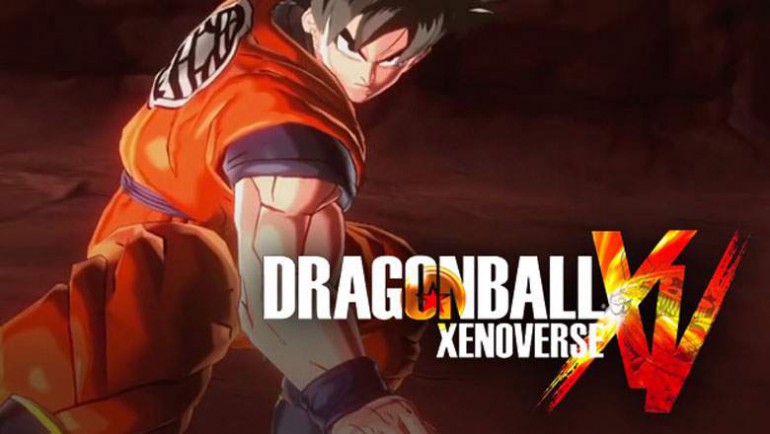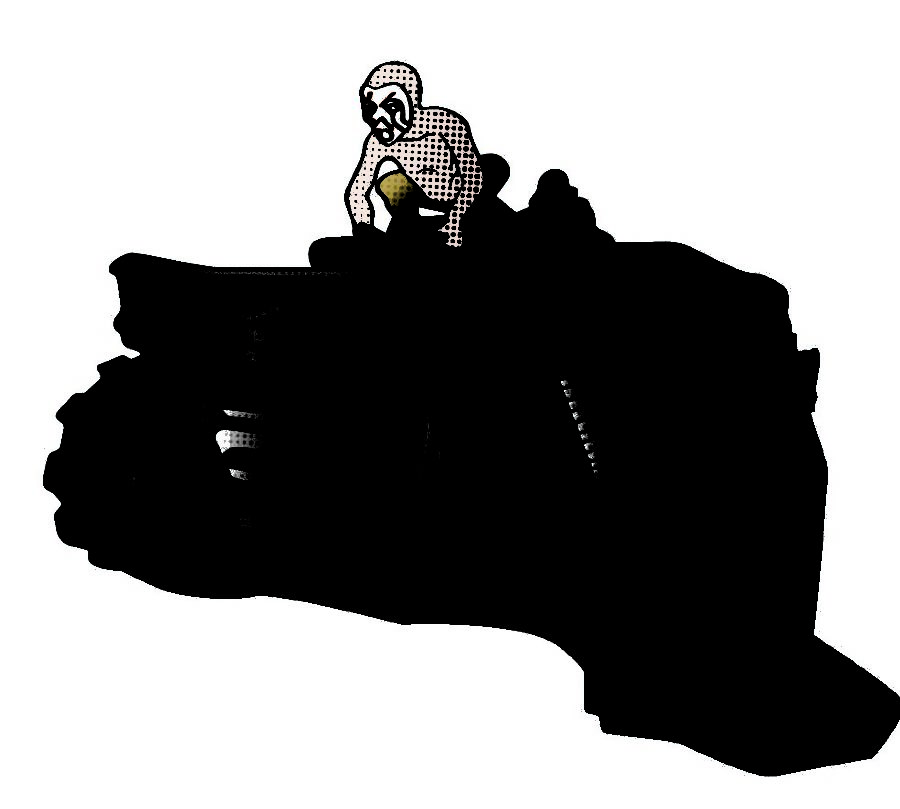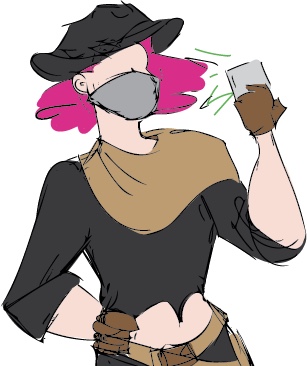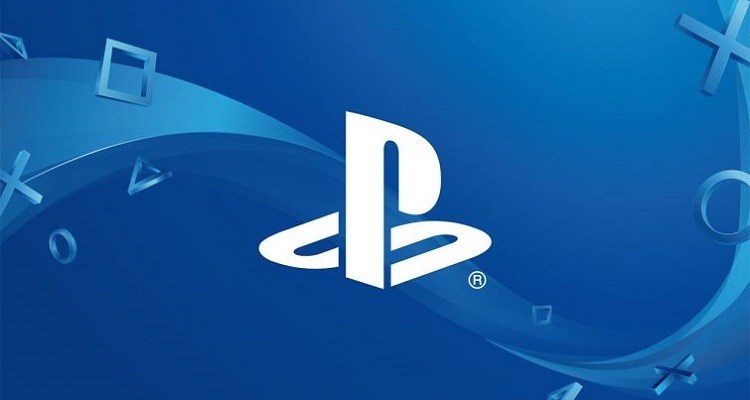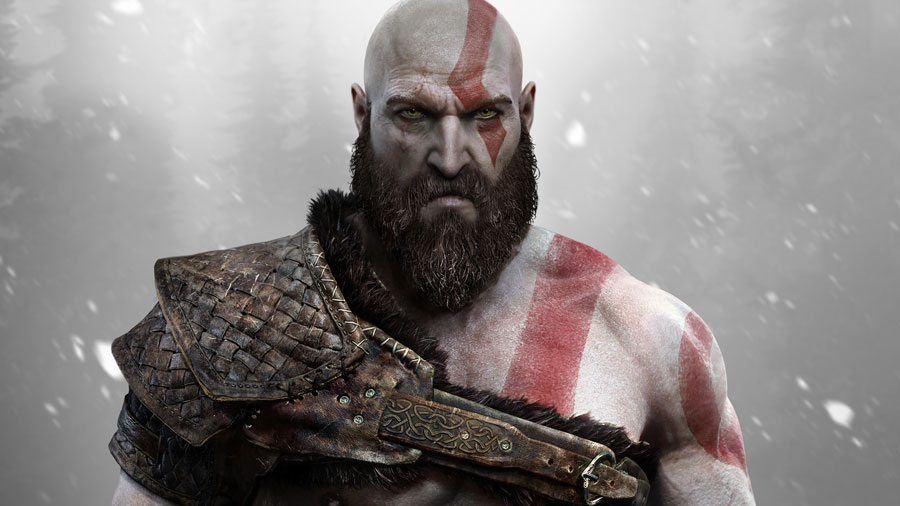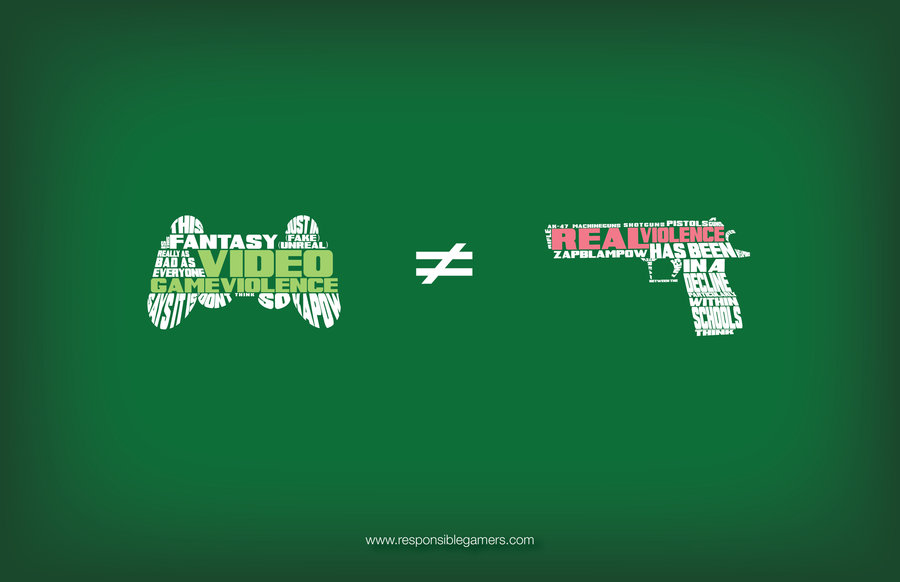“Dragon Ball Z” and its predecessor, “Dragon Ball,” are quite prosperous properties in their home country of Japan. From 1984 onward, Japanese audiences have experienced the story of Goku in both printed forms and animated television shows, animated feature films and a substantial amount of video games.
However, any semblance of Western exposure to the series would not appear until the late 1990s, when Toonami began to air episodes of “Dragon Ball Z.”
That is when mine and many of my peers’ exposure to “Dragon Ball” began. Though my memories today of watching episodes of the series have become rather faint, I can still recall many of the characters and their designs, and a number of them still pop up in my head as something associated with the simple word “cool.”
However, the many video games associated with the series were never particularly interesting to me and never became any bigger part of my rotation of preferred games.
This brings us to 2015’s “Dragon Ball Xenoverse,” the latest in a long line of games utilizing the “Dragon Ball” name, ranging in quality from hilariously abysmal to generally passable and sometimes even quite good. But what’s the general verdict on “Xenoverse” itself?
It could probably be described as pretty enjoyable and even addictive, but I wouldn’t say it’s going to definitively win any new fans to the series by either its quality or as an entry point for a “Dragon Ball” newbie.
So where does it go wrong for the prospective buyer who is interested but knows nothing about “Dragon Ball?” To begin with, from the moment you begin the game, it throws you into a time-travel conundrum in which you experience a number of battles across different “sagas” of the series. For fans, it’s a nice nostalgia trip.
Unfortunately, it will probably leave the uninitiated both dazed and confused as they travel through a story spanning several hundred episodes in a matter of minutes.
The entire story is, in effect, pointless because of this. There’s no original content to be found here, save the fact that the game does feature a small handful of original antagonists manipulating scenarios in the already-established canon of “Dragon Ball Z” to assist long-established villains.
For someone new to any part of the series, it might serve well as a concise summary of the television show, provided they’re willing to break the initial entrance barrier, but it may also leave many unfamiliar players confused.
The problems plaguing the game unfortunately don’t stop there. A substantial amount of the music is stereotypical guitar riffs that seem ripped straight from a royalty-free, non-copyright music website, even if some tracks are enjoyable. Additionally, the sound design is a bit odd.
Still, hearing so many familiar voice actors was quite a treat to my ears, and the majority of the voice actors don’t do a bad job in regard to their roles. Many sound effects are straight from the TV show, which is both a blessing and a curse in that many of the conflicts in the game feel authentic to the show, but sometimes you will be made to hear said sound effects 100 times over in battles.
To be so harshly critical of the game immediately might raise questions of whether I actually enjoy it at all, or if it’s worth its current hefty price tag. However, despite the many flaws I view “Xenoverse” to exhibit, the gameplay itself is still quite fun, if a tad simplistic.
Players are able to choose between five different races when creating their original character: Majin, Saiyan, Human, Namekian and Frieza Clansman.
Players create and customize their character, then assist established characters of the series across many different story “sagas” and “parallel quests,” which act as missions separate from the story that provide opportunities to gain recognizable items or attacks.
Character development comes in the form of six statistics that a player can level up with participation in missions: health, stamina, ki, basic attacks, strike supers and ki blast supers. Combat within the game takes place in recognizable locations from across the entirety of the “Dragon Ball Z” timeline, using a system focused around two resources: stamina and ki.
Players use a combination of basic punches and kicks along with “super” and “ultimate” attacks that mimic many of the most recognizable characters in “Dragon Ball Z.”
Sadly, the combat system becomes fairly predictable after a while.
It’s certainly cool to see your own character using all sorts of varied attacks, like Goku’s obvious “Kamehameha.” But it’s disappointing that the combat system lacks a ton of substance that could have made “Xenoverse” better.
Regardless, “Xenoverse” still has that universal quality which tends to trump many problems: fun. Playing it is fun, and doubly so, given the ability to play with up to two other friends in missions.
Combine this simple element of fun with nostalgia, and you don’t have a perfect or even great game, but certainly a lovable underdog.













